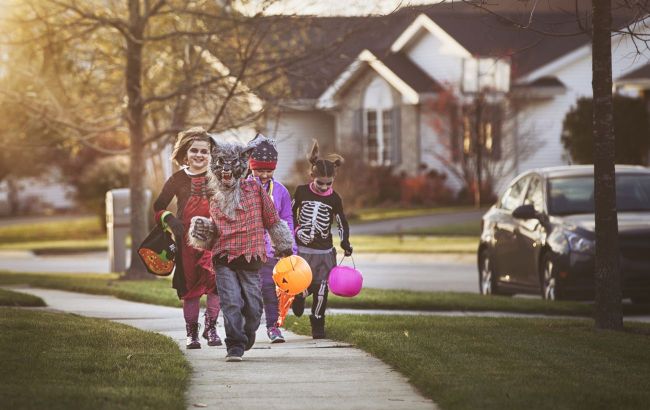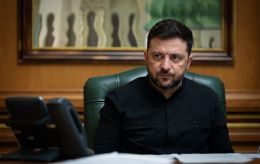Halloween uncovered: Where holiday came from and what originally stood for
 Photo: Halloween in Ukraine and around the world (Getty Images)
Photo: Halloween in Ukraine and around the world (Getty Images)
On the eve of November 1, Western countries celebrate Halloween, or All Hallows' Eve. Although this holiday is not native to Ukraine, it has become very popular: stores are decorated with pumpkins and "supernatural creatures," children go door-to-door for sweets, and adults host costume parties. Folklorist and anthropologist Daria Antsybor spoke in an interview about the origins of Halloween.
Origins of Halloween: Celtic Savin and the world of the dead
The history of Halloween begins with the Celtic festival Savin, which symbolized the end of summer and the start of the "dark period." At this time, the Celts believed, the boundary between worlds became thinner, and the souls of the dead could return to the living.
The Celts lit ritual bonfires and threw animal bones into them to appease spirits, and they wore masks to hide from otherworldly beings or to resemble them.
"Disguises also symbolically let a person cross the boundary and do things that were normally forbidden. This element of carnival behavior has survived through the centuries, even in our own rituals. For example, when Ukrainians dress up for Christmas or Malanka," Antsybor notes.
How the pumpkin became a symbol
The pumpkin, now a popular Halloween attribute, appeared much later. In Celtic times, turnips or apples were carved, with embers placed inside to protect against spirits.
The switch from turnips to pumpkins occurred in America after a massive migration of Irish people in the 19th century. There, the tradition got a new meaning as a way to honor those who died during the Civil War.
"The tradition of carved pumpkins has evolved as a unique way of commemorating the dead. Early ideas about Halloween celebrations involved telling ghost stories around the fire about spirits who couldn't find their way home and needed a light to guide them," the folklorist explains.
How the church rewrote the pagan holiday
With the spread of Christianity, Savin was transformed into three church holidays: All Saints' Day (November 1) and All Souls' Day (November 2). On the eve, October 31, All Hallows' Eve began to be observed, from which the name Halloween originates.
This was also when the tradition of going from house to house asking for treats appeared. Initially, this was done by children and beggars, who sang prayers for the souls of the dead in exchange for "soulcakes," sweet pastries.
"So the tradition of going door to door asking for treats actually has roots in the church, not in Savin," Antsybor emphasizes.
Halloween and Ukrainian traditions
Many elements of Halloween have parallels in Ukrainian rituals, including masking, ritual mischief, and fortune-telling.
"On Halloween, they held play parties, which were similar to our Andriivski vechornytsi (St. Andrew's Eve gatherings). During the holiday, a person behind a mask is allowed a certain ritual misbehavior," says the folklorist.
Ukrainian autumn rituals also included honoring the dead, lighting candles, and even carving pumpkins. Daria Antsybor explains that these traditions existed in Ukraine long before the popularity of the Western holiday: among Catholics on All Saints' Day, and among Orthodox believers during "autumn ancestors" rituals or Dmitry Saturday. In Ukraine, pumpkins were carved for fun or as decoration, not to "light the way" for souls. Pumpkins began to be used in America when Irish immigrants brought their Celtic traditions with them following the Great Potato Famine.

